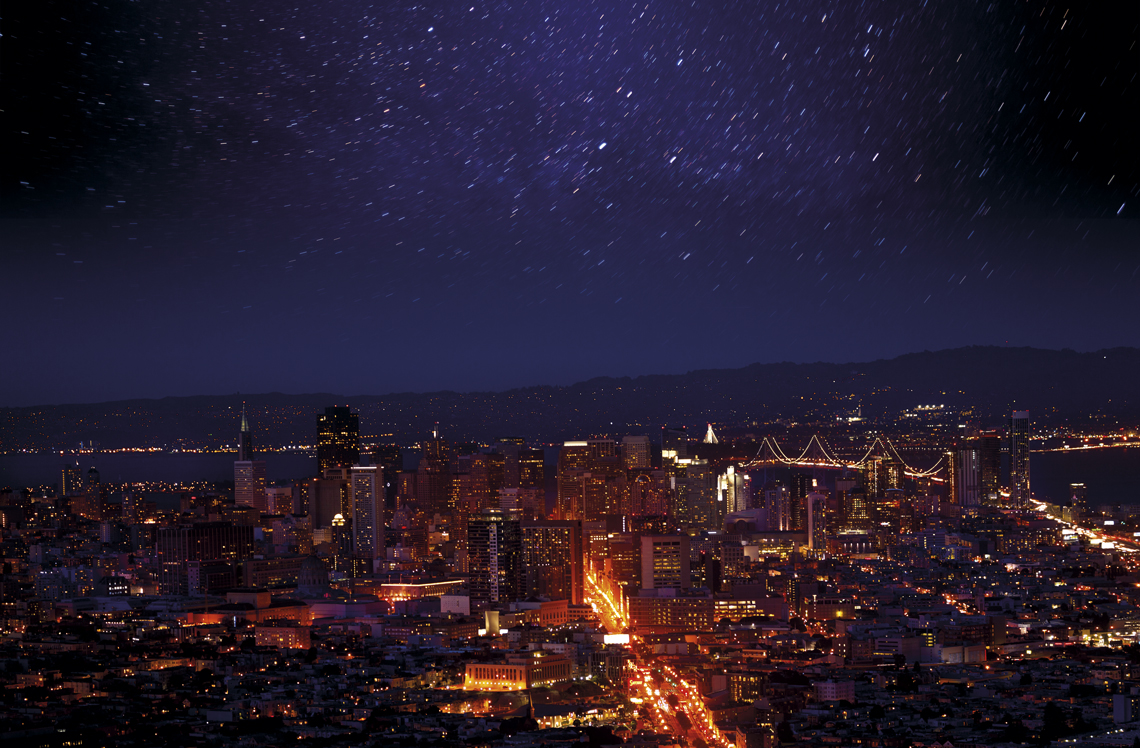Based on 51,351 naked-eye observations by amateur astronomers around the world, researchers from the German Research Centre for Geosciences and the German Institute of Geography, together with colleagues from the USA, found that artificial light in the night sky has increased by an average of 9.6% per year between 2011 and 2022. As a result, fewer stars are visible in the sky every year, obscured by artificial light from houses, buildings, billboards, streetlights, and vehicles. A report on the Universe Today website highlighted that increasing light pollution is also hindering the work of astrophysicists by brightening and changing the appearance of the night sky, and could cause imbalances among wild animals by altering mating patterns and relationships between predators and prey. The Milky Way is no longer visible to a third of the world’s population, including 80% of inhabitants of the USA and 60% of Europeans, according to the most recent version of the World Atlas of Artificial Night Sky Brightness, published in 2016 (Universe Today, June 29; Science, January 19; Science Advances, June 10, 2016).
RepublishAstronomy
Why we see fewer stars at night

San Francisco, California: more lights in the city mean fewer stars visible in the sky
SerrNovik / Getty Images